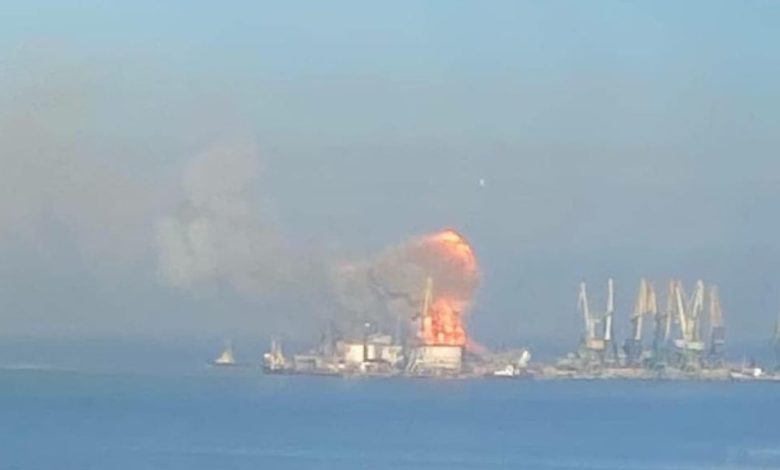No sign shipping is willing to take up Russia’s safe corridor offering

Russia announced yesterday it was creating a humanitarian corridor for ships to leave Ukrainian waters. The 80 mile long corridor – open from 8am to 7pm today – is located 20 miles southeast of Ilyichevsk port. Early indications this morning from MarineTraffic data show there were no movements by the many foreign ships stranded in Ukrainian waters.
Data from shipping platform Sea/ showed there were just under 100 ships which had been left marooned in Ukrainian waters a month on from the start of Russia’s invasion.
A briefing from the International Transport Workers’ Federation (ITF) and the International Chamber of Shipping (ICS) earlier this week suggested there were more than 1,000 seafarers of at least 20 nationalities still stuck in the war zone, with many Ukrainian port cities suffering some of the worst Russian attacks. ITF general secretary Stephen Cotton described the situation as “very dire”.
Shipowners, managers, unions and charities have been working around the clock to get crews off ships and out of Ukraine.
An issue that has made so called blue corridors difficult to realise in recent days has been the amount of mines laid in positions around the Black Sea, most densely in front of Ukraine’s largest port, Odessa.
One foreign vessel which will not be exiting Ukrainian waters is the Saratov, a Russian naval vessel, which was struck by missiles at the Ukrainian port of Berdyansk yesterday. Five foreign flagged merchant ships had earlier been moved out of the port by Russian forces to allow the naval ship in.
In related news, Russia’s top shipping company Sovcomflot (SCF) has been hit by further sanctions from the UK creating further difficulties for it to access insurance, classification and funding.
